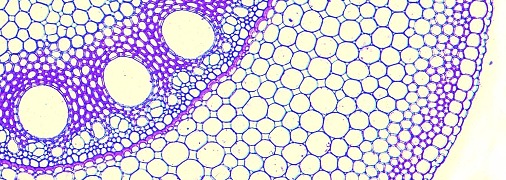Nicolas L. Taylor1,2 and A. Harvey Millar1
1ARC Centre of Excellence in Plant Energy Biology and 2School of Chemistry and Biochemisty, The University of Western Australia.
During photosynthesis the carbon assimilated is either retained in the chloroplast as starch or converted to sucrose and directed for export to sites of growth. Starch is degraded by a series of enzymes in the chloroplast, with sucrose degradation mainly occurring in the cytosol and both leading to glycolysis and the oxidative pentose pathway which produce respiratory substrates. These carbon rich compounds are prime sources of respiratory substrates in plants, although other carbohydrates such as fructans and sugar alcohols are also used.
During respiration, metabolites are oxidised and the electrons released are transferred through a series of electron carriers to O2. Water and CO2 are formed and energy is captured as ATP which is harnessed to drive a vast array of cellular reactions.
In comparison to sucrose and starch, the contribution of proteins and lipids as sources of respiratory substrates in most plant tissues is minor; exceptions to this generalisation are the storage tissues of seeds such as castor bean and soybean, in which amino acids and lipids may provide respiratory substrates, and during the processes of senescence in plant tissues where protein and lipid degradation increases.
